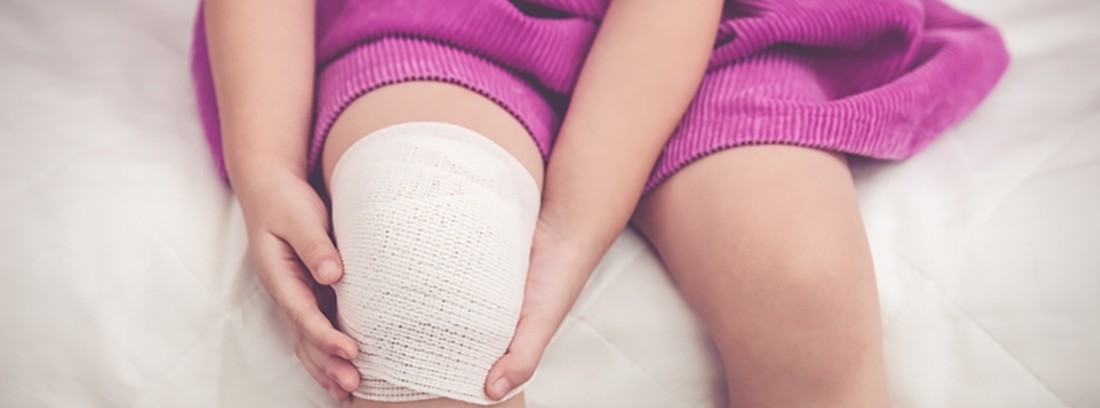Legg Calvé Perthes diseases

Perthes disease is a condition of the child's hip in which progressive weakness of the head of the femur occurs and can lead to permanent deformity of the femoral head.
Typically, it affects children (80% are male) between the ages of 3 and 12. The affectation is normally unilateral, although in 10% of the cases it can be bilateral.
Cause
The cause of why not enough blood reaches the child's femoral head at any one time is not known. When this happens, some parts of the bone die (this process is called necrosis), becoming weaker and favoring a possible crushing of the head of the femur.
When this happens, the body tries to solve the problem by regenerating the necrotic bone and rebuilds it in 3 or 4 years. Ultimately, the new head of the femur is made up of hard bone with a normal or deformed shape.
It is not a disease that is related to bumps or falls. It is related to the taking of corticosteroids, childhood obesity or appearing in a period of rapid growth ("stretch").
Symptoms
The first symptoms of the disease are discomfort or pain in the hip, thigh or knee. The child limps. With the passage of time the discomfort increases and the mobility of the hip is reduced and the thigh appears thinner (due to muscle atrophy).
If the disease is suspected, an X-ray should be performed to confirm the diagnosis and see the degree of involvement.
Treatment
During the initial phase, analgesics should be given to control pain and advise rest. If the discomfort is very important, the child should be admitted to the hospital and the affected leg should be placed in traction or immobilized. All this is done so as not to lose the mobility of the hip.
In severe cases, hip surgery should be used.
The sequelae of this disease depend on how the head of the femur has regenerated and whether it has assumed a spherical (normal) or flat (abnormal) shape. In cases where the head of the femur is flattened, it will cause wear on the joint that will lead to osteoarthritis. In these cases, the placement of a hip replacement may be necessary.
Younger children usually do more favorably than children over 9 years of age.
(Updated at Apr 14 / 2024)